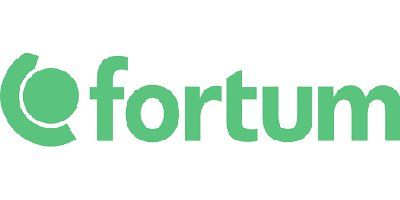

Fortum
Fortum
Fortum was founded in 1998. The plan was to create a new energy group by combining the businesses of state owned Imatran Voima (IVO) and the listed company Neste Oyj. We commence Environmental Impacts Assessment (EIA) on a new nuclear power unit possibly to be built in Loviisa, Finland, and decides to build a new combined heat and power plant in Espoo, Finland. New, tight specific emissions targets are set for power and heat generation and a new Energy Efficiency Solutions unit and a new Renewables unit within our Power Generation business are established. Heat businesses in Poland and the Baltic countries are expanded.
Company details
Find locations served, office locations.
- Business Type:
- Manufacturer
- Industry Type:
- Renewable Energy
- Market Focus:
- Globally (various continents)
- Year Founded:
- 1998
This company also provides solutions for other industrial applications. Please, visit the following links for more info:
